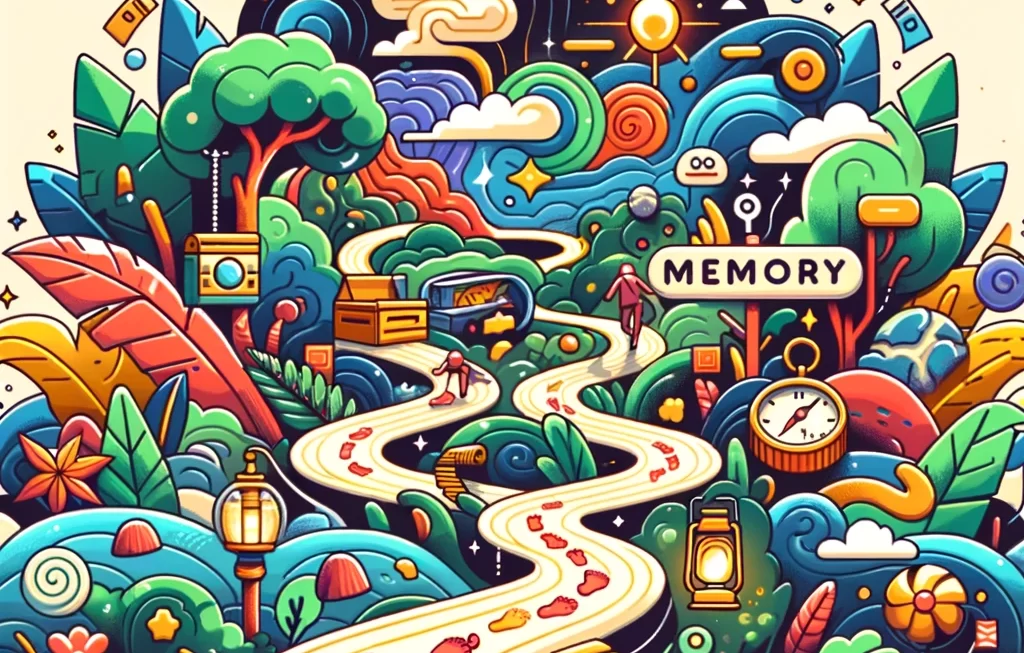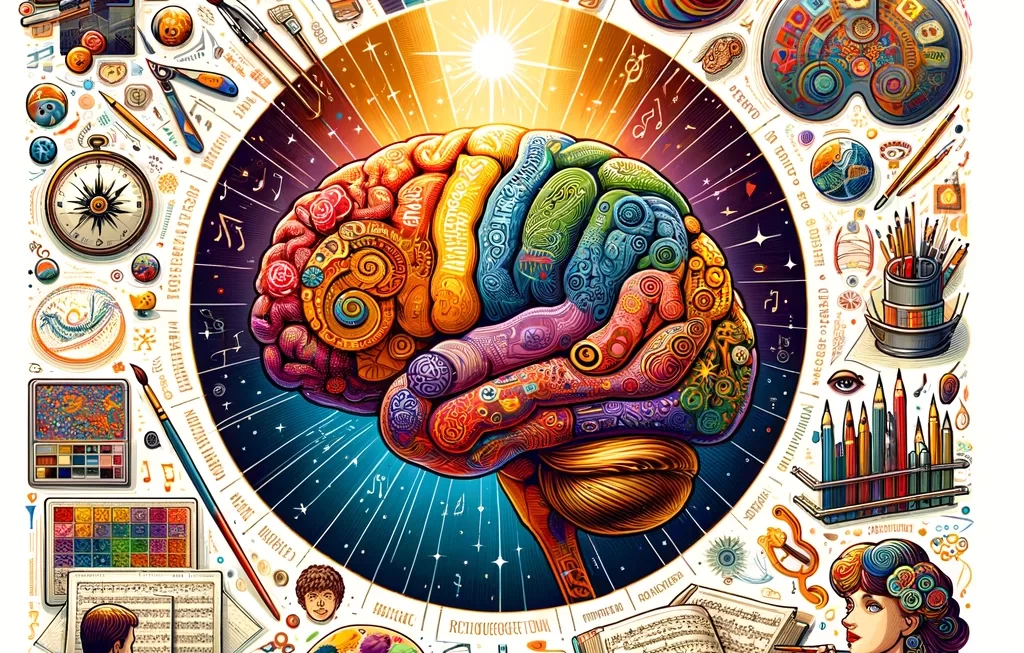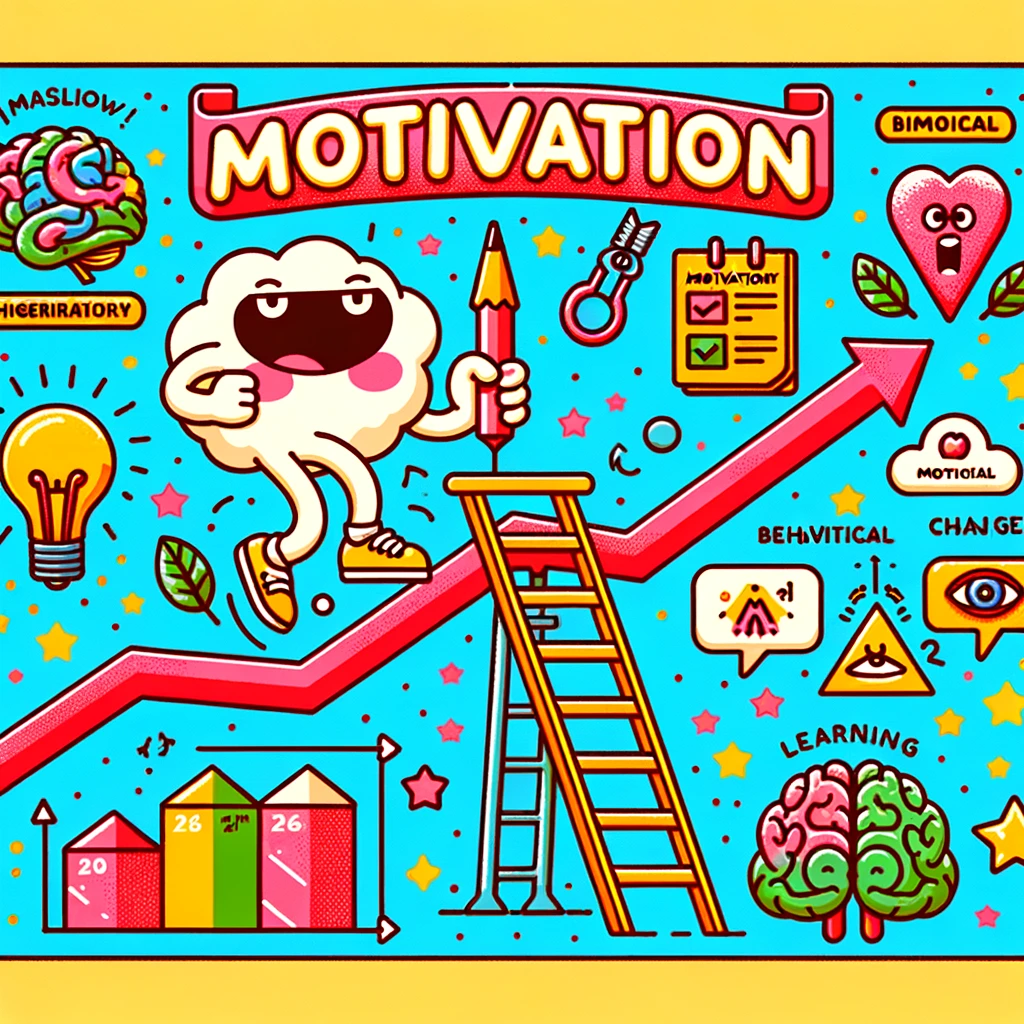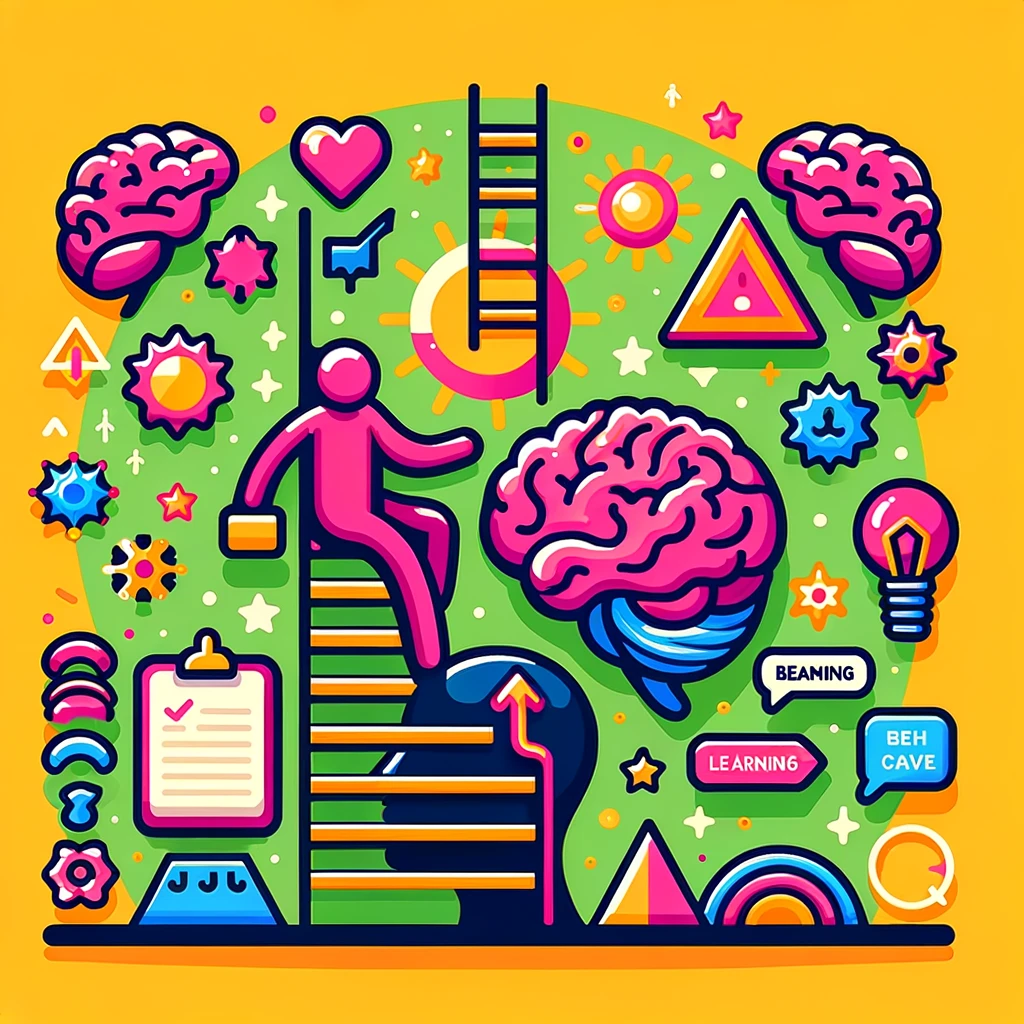Picture your memory as a vast, uncharted jungle. It’s a place of mystery and wonder, teeming with hidden treasures and unexpected challenges. This jungle isn’t just a metaphor; it’s a vibrant landscape within our minds, where every memory is a path, every recollection a journey. As we delve into the workings of memory through various tests, we embark on a thrilling expedition to uncover the secrets of this inner wilderness. Welcome, Memory Adventurers, to the adventure of a lifetime!
The Landscape of Memory
Our memory isn’t a single, straightforward path. It’s a dense network of trails, each leading to different experiences, emotions, and pieces of knowledge. Some paths are well-trodden and easy to navigate, like the memories of our names or what we ate for breakfast. Others are more complex and hidden, requiring effort to traverse—like the details of a book we read years ago or the nuances of a long-forgotten conversation.
Navigating Through Tests
Just as an explorer uses tools to navigate through the jungle, psychologists have devised various tests to explore the depths of our memory. These tests are not mere examinations; they are gateways to understanding how we store, retrieve, and recognize the myriad experiences that shape our lives.
- Recall Tests: Imagine standing at the edge of a dense forest, tasked with finding your way to a hidden clearing using only your instincts. This is akin to recall tests, where we’re asked to retrieve information from the depths of our memory without any cues. It’s a test of strength and intuition, of our mind’s ability to navigate its own complex pathways.
- Recognition Tests: Now picture walking through the jungle with a map that marks the location of hidden treasures. All you need to do is recognize the landmarks. Recognition tests work similarly, presenting us with a mix of familiar and unfamiliar elements and asking us to identify what we’ve seen before. It’s often easier than recall, like following a map rather than relying solely on memory.
- The Twists and Turns of Memory Errors: Even the most experienced adventurers can be led astray, and so it is with our memory. Errors and biases are the vines that twist around our thoughts, sometimes leading us to false conclusions or altered recollections. Understanding these errors is crucial for navigating the memory jungle more effectively.
The Magic of Memory
What makes memory truly magical is its capacity to surprise and astonish us. Just when we think we’ve lost a memory forever, a familiar scent or sound can lead us down a forgotten path, revealing memories we thought were lost to time. This jungle is alive, constantly growing and changing with every new experience.
The Never-Ending Exploration
Memory is not a static entity to be conquered or fully understood; it’s a living, breathing world within each of us, full of mysteries waiting to be explored. The tests and challenges we encounter are but stepping stones on a never-ending journey of discovery.
So, to all the Memory Adventurers out there, lace up your boots, ready your maps, and prepare to delve into the wilds of your own minds. Remember, every memory, every moment of recollection, is an adventure in its own right. Happy exploring, and may the paths of memory lead you to fascinating destinations within your own inner jungle.
Experiment Procedure:
- Recall Test with List 1:
- You presented a subject with the first list containing 15 unique words.
- The subject had 2 minutes to memorize these words.
- After memorization, you asked the subject to recall as many words as possible from List 1.
- Recognition Test with List 2 and List 3:
- The subject was then presented with a second list, also containing 15 unique words, different from List 1.
- Again, they had 2 minutes to memorize these words.
- Subsequently, the subject was given a third list containing 30 words—15 words were from List 2, and 15 were new (unique) words, all shuffled.
- The subject had to recognize and identify which words were originally from List 2.
Calculating Accuracy:
The accuracy of each test is calculated by taking the number of correct answers, dividing it by the total number of questions, and then multiplying by 100 to get a percentage.
For the Recall Test:
- Correct Answers (Recall): The number of words correctly recalled from List 1.
- Total Questions (Recall): 15 (the total number of words in List 1).
For the Recognition Test:
- Correct Answers (Recognition): The number of words correctly identified from List 2 in List 3.
- Total Questions (Recognition): 15 (the total number of words from List 2 that were included in List 3).
Formula:
Accuracy Percentage = (Correct Answers / Total Questions) × 100
Example Calculation:
If a subject recalls 10 words out of 15 from List 1, their recall accuracy is:
(10/15)×100=66.67%
If the same subject correctly identifies 12 words from List 2 in List 3, their recognition accuracy is: (12/15)×100=80%
Conclusion:
By comparing the percentages, you can evaluate the hypothesis that recognition memory (identifying familiar items among new ones) is generally stronger or more accurate than recall memory (retrieving information without cues). This experiment cleverly utilizes word lists and a mix of recall and recognition tasks to explore the nuances of memory function.
This method provides a straightforward and effective way to quantify and compare different types of memory capabilities in individuals.




